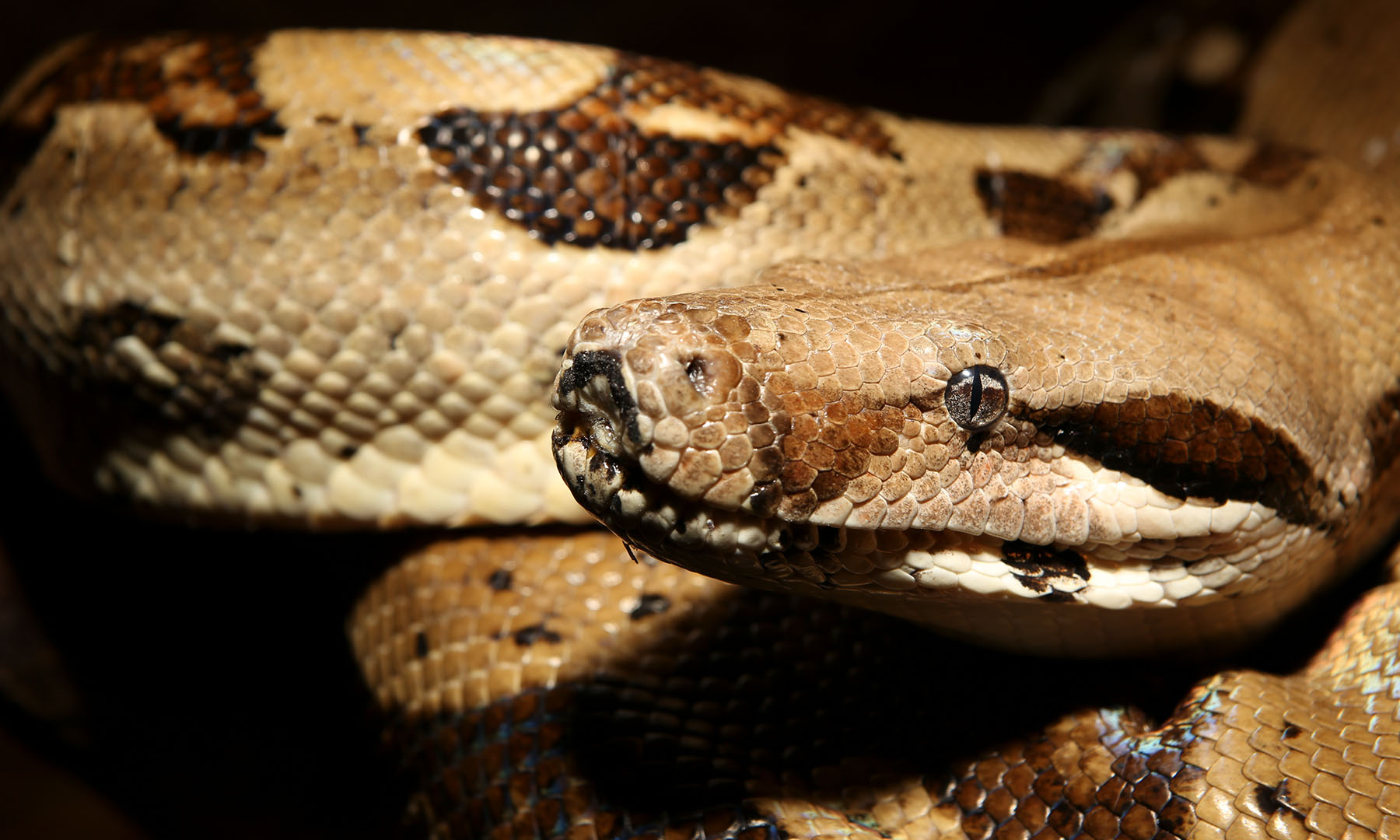Cuban Tree Frog


Cuban Tree Frog
LOCATION
Scientific name
Giant tree frog
Marbled tree toad
NATIVE ORIGIN
The Cuban Tree frog can be distinguished from other frogs based on its large size. They are the largest tree frog in North America, and range from 2-5.5 inches long (Seaworld parks, 2020). Typically, Cuban Tree Frogs are gray, brown or green with rough, warty looking skin.
From Florida, they are believed to have arrived in the USVI via plant and/or construction importation (Platenberg 2007) in the 1970s (MacLean 1982)
These frogs can live between 5 and 10 years long. Cuban tree frogs breed year-round, and a single female can lay over 1000 eggs in a single clutch. Females will lay their eggs in small, mostly freshwater pools where eggs will mature into tadpoles. Tadpoles take roughly 1 month until they are fully developed frogs (Lannoo 2005).
Ecological Impact
- The Cuban tree frog can be a direct threat to an island’s biodiversity by consuming native species of frogs, lizards, insects and more.
- The Cuban tree frog is omnivorous, consuming both animals and plant material. A study in the British Virgin Islands showed that a Cuban tree frog consumed 26 different prey items (Owen 2005), highlighting that they are opportunistic feeders.
- The Cuban tree frog also has effective invader traits, such as high reproduction rate, a diverse diet, ability to outcompete other organisms and ability to survive in close proximity to humans (Collins and Crump 2009).
- It is believed that this species competes with the white-lipped frog, a native frog species in the VI, for space in ephemeral pools needed for breeding (Platenberg 2007.)
Management/Control
- The Cuban tree frog is popular in the pet trade; however, in an effort to mitigate its impact in the USVI, importation of a personally owned Cuban tree frog is banned.
- There is limited research on how to best mitigate the impacts of the Cuban tree frog here in the Virgin Islands. Submitting sightings is very helpful, which informs management of hotspots to focus on.
What You Can Do!
- You can report sightings and/or interactions by calling the Division of Fish and Wildlife offices directly at (340) 773-1082. You may also submit an anonymous “tip” to the DPNR hotline. This can be done online through the website DPNR Hotline (vi.gov) or on the go through the downloadable DPNR Hotline App!
- Download on the Google Play App Store
Download on the Apple App Store - Take care if handling as they can secrete irritating mucus (Grenard 2008).
- If you feel comfortable, you can pick up the frog (with a glove) and put it in your freezer, then dispose of it a few hours later. Make sure that your skin does not come into contact with the frog.
- Regularly checking your cisterns and then disposing of Cuban tree frogs may help reduce their spread.
References
“Cuban Tree Frog Facts and Information | SeaWorld Parks & Entertainment”. seaworld.org. Retrieved 2020-05-22.
MACLEAN, W. P. 1982. Reptiles and amphibians of the Virgin Islands. Macmillan Education Ltd., London.
Collins, James P.; Crump, Martha L. (2009). Extinction in our times: global amphibian decline. New York, New York: Oxford University Press, Inc. pp. 61–62. ISBN 978-0-19-531694-0.
Grenard, Steve (2008). Frogs and Toads. Hoboken, New Jersey: Wiley Publishing Inc. pp. 95–96. ISBN 978-0-470-16510-2.
Lannoo, Michael J. (2005). Amphibian declines: the conservation status of United States species. Berkeley and Los Angeles, California: University of California Press. pp. 463–465. ISBN 0-520-23592-4.
Location: 6291 Estate Nazareth St. Thomas USVI 00802
Phone: 1-340-774-3320 1-340-773-1082
Email: info@invasive.vi.gov


